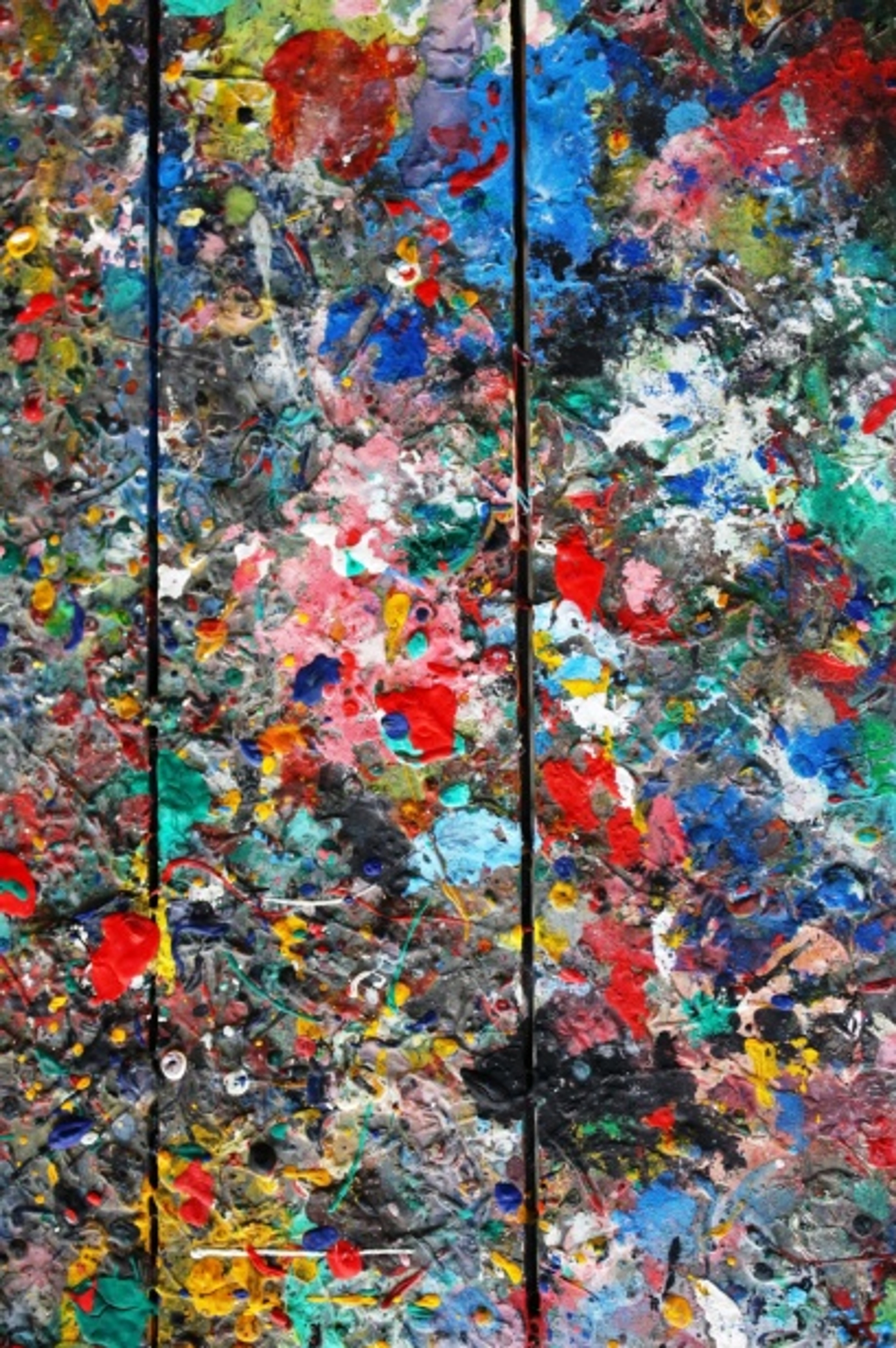
The Barnes Foundation Philadelphia: An Artist's Unconventional Guide & Personal Journey
Step into the Barnes Foundation's unique world with an artist's deep dive. Explore Dr. Barnes' radical 'ensembles,' practical visitor tips, the collection's global conversation, and how this extraordinary Philadelphia museum profoundly shaped my creative vision.
The Unconventional Barnes Foundation: An Artist's Personal Guide to Art in Philadelphia
I remember walking into the Barnes Foundation for the first time, a little bewildered, honestly. You've heard the stories, read the reviews, maybe even seen photos, but nothing quite prepares you for the sheer... disorienting unconventionality of it. It's a bit like showing up to a dinner party where everyone is speaking in riddles, but somehow, you're absolutely charmed. It's not your typical museum visit, and honestly, that's precisely where its magic lies. If you're planning a trip to Philadelphia and thinking about checking it out, let me tell you, it's less about ticking off masterpieces and more about stepping into the mind of a truly singular art collector. This article isn't just a list of facts; it's my journey, offering practical tips and a unique perspective, especially if you, like me, find yourself utterly captivated by unconventional art and want to truly experience it rather than just see it. In fact, this visit profoundly shaped some of my later abstract prints and paintings for sale, influencing how I blend unexpected color palettes and geometric forms in my own work. My goal here is to guide you through this fascinating, often bewildering, space, sharing what I've learned to help you unlock its unique magic.

So, Who Was This Dr. Barnes Guy, Anyway? And Why Is His Collection So... Different?
Ever wondered about the eccentric genius behind a collection that defies convention? To truly understand the unique experience of the Barnes Foundation, you first need to understand the man behind it all. Albert C. Barnes was quite the character – famously opinionated, a pharmacist who made a fortune with an antiseptic called Argyrol, then became an eccentric art collector and educator. He wasn't interested in traditional art history or displaying art in chronological order. Nope, his philosophy was all about what he called "art appreciation through direct experience" and arranging "ensembles."
He believed that anyone could learn to truly see art, not just passively observe it, by training their eyes to discern the fundamental elements of form, color, and line, much like learning to decode a visual puzzle. Imagine, for instance, a guided exercise where he'd cover the specific subject of two artworks in an ensemble, instead asking you to focus solely on the interplay of their vertical lines, or the rhythm created by their shared palette. He championed this through practical exercises, encouraging visitors to actively participate in the visual dialogue, rather than passively consuming information from plaques. As an artist, I've often thought his approach was years ahead of its time, almost like a precursor to modern experiential learning.
This philosophy of direct engagement led him to create what he called "ensembles." Imagine you're curating the ultimate playlist, but instead of genres, you're blending classical symphony with a punk rock anthem, a soulful jazz piece, and a minimalist electronic track – because the rhythm, the harmony, or even the underlying emotional intensity just works together. Or perhaps you're building a multi-course meal, not by following a recipe book, but by intuitively combining flavors and textures from around the world to create a new, harmonious experience. That's the Barnes experience in a nutshell. It's a bold, almost rebellious act against the traditional museum structure, which, to be frank, often feels a bit sterile to me. You'll find masterpieces by Matisse, Cézanne, Picasso, Modigliani, and countless others, all presented in this incredibly unique, thought-provoking way.
He might, for example, pair an African tribal mask with a Cézanne landscape, not just for aesthetic pleasure, but to actively demonstrate how their underlying formal elements – like the angularity of the mask's planes mirroring the fractured planes in Cézanne's depiction of light, or their shared earthy color harmonies – echoed and enriched one another, creating a new, richer dialogue. Or he'd place a Renoir nude next to a medieval iron hinge, or an ancient Greek sculpture beside a vibrant quilt, deliberately inviting you to discover unexpected harmonies in their lines, textures, or even their spiritual resonance. Beyond just formal elements, these pairings often sought to explore deeper thematic connections – humanity, nature, spirituality – bridging cultures and centuries. This radical approach also makes the Barnes Foundation a fascinating case study in the influence of African art on Modernism.
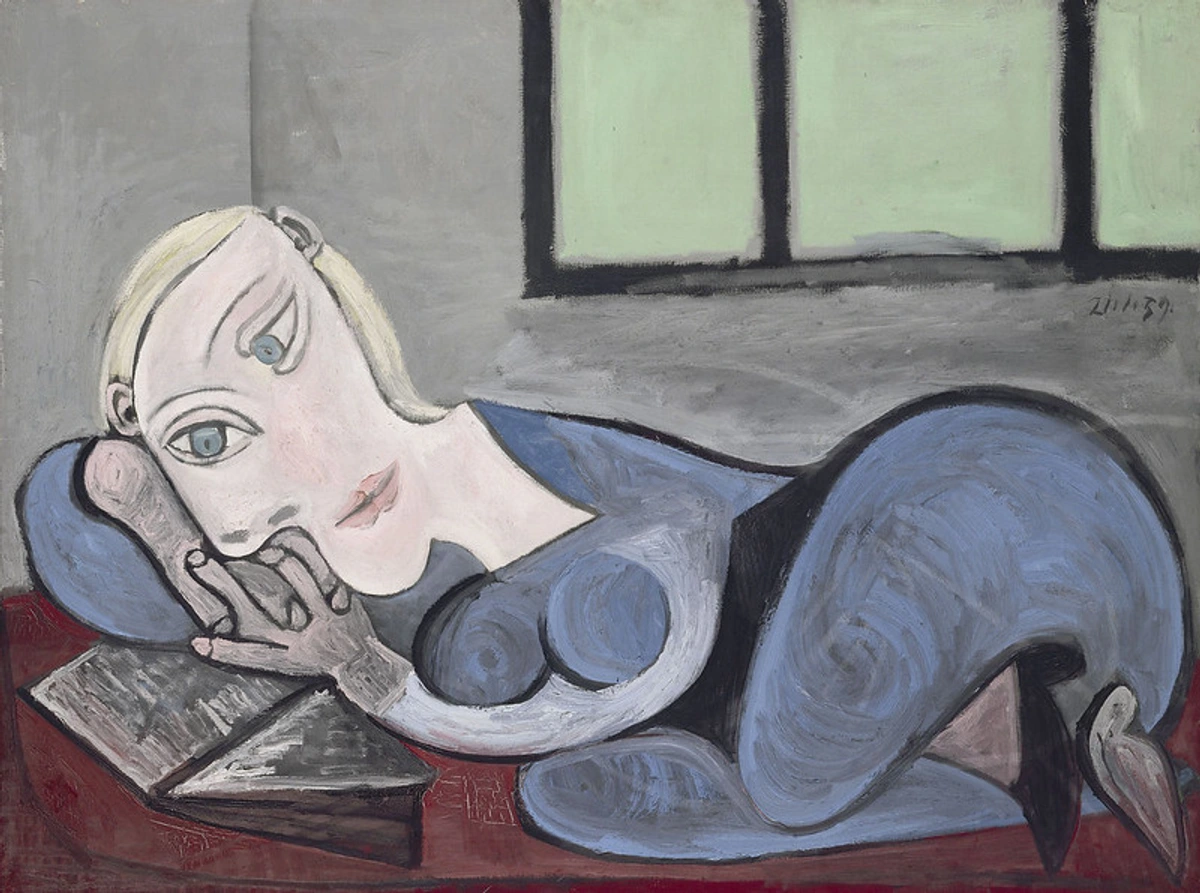
Initially, Barnes kept his collection in his home in Lower Merion, famously imposing strict, often arbitrary, rules on public access. Think: no talking, only certain days, sometimes specific academic credentials required. He even ran an accredited art school right from his home, long before the public foundation was established, teaching workers from his Argyrol factory and other local students his unique method. This self-imposed inaccessibility, combined with legal battles and a desire to make his unique educational philosophy more widely available, eventually led to the controversial move to the current purpose-built building on Benjamin Franklin Parkway in Philadelphia in 2012. The public debate around preserving the collection's original spirit was intense: preservationists argued fiercely for maintaining the intimacy and original context of his Lower Merion home, fearing that a move to a public parkway would dilute the very essence of Barnes' vision and turn it into a more conventional museum. On the other side, advocates for the move championed broader public access and the democratizing power of making such a pivotal collection available to a wider audience, ensuring Barnes' educational mission could reach more people. Yet, the new building, while modern, meticulously recreates the dimensions and arrangement of Barnes' original galleries, preserving his specific 'ensembles' precisely as he intended – a testament to his enduring vision. The architects carefully studied Barnes' original setup, meticulously recreating the intimate scale and room dimensions, even sourcing similar wood for the floors, ensuring that while the shell is modern, the internal spirit of Barnes' arrangements remains authentically preserved. So, how does one even begin to navigate this unconventional space?
Navigating the Un-Museum: My Top Tips for Your First Visit
Having understood a little about the brilliant, slightly rebellious mind behind the Barnes, you're probably wondering how to tackle a visit to this truly unique space. It's definitely not your average art gallery stroll; it's an experience that demands a different kind of engagement. Here are my top tips for making the most of your first visit:
- Book Your Tickets (Seriously, Do It): This isn't a spontaneous drop-in kind of place. The Barnes is a popular spot, and they often have timed entry. Do yourself a favor and book your tickets online well in advance, especially if you're visiting during peak season or a weekend. Don't show up expecting to waltz in, because you might just find yourself disappointed. And nobody wants that.
- Embrace the Lack of Labels: This threw me for a loop initially. Most museums, like, say, MoMA in New York, give you a little plaque with every piece, detailing the artist, title, and year. The Barnes? Not so much. Barnes wanted you to look, to think, to feel, without the preconceptions of a name or date. He believed that labels spoon-fed conclusions, hindering genuine visual discovery and a deeper, more intuitive understanding. I recall standing in front of a stunning Modigliani, utterly lost in its elongated forms and piercing eyes, only to later discover it was indeed a Modigliani – a validation of my initial, unfiltered emotional response. My advice? Walk through the rooms first, let your eyes wander, and form your own impressions. Then, if you're curious, use their free app or a printed guide for all the details. It really forces you to engage with the art on a deeper, more personal level – an active viewing experience that I find incredibly rewarding. Honestly, it was a revelation for me. It transformed how I approach art in other museums too; I now try to absorb first, then read, rather than letting the plaque dictate my initial impression.
- Allocate Your Time Wisely (and Don't Rush): Because of the intensity of the visual arrangements and the sheer volume of masterpieces, I'd say plan for at least 2-3 hours, maybe even more if you're someone who likes to linger. It’s a beautiful kind of overwhelm, honestly, like trying to listen to five jazz solos at once, each brilliant, but demanding your full attention. It's not a race; it's more like a leisurely stroll through a brilliantly curated mind. Trying to rush through will just leave you feeling overwhelmed rather than inspired.
- Consider the Best Time to Visit: To beat the biggest crowds, aim for weekday mornings right after opening. Spring and fall offer beautiful weather in Philadelphia, making the walk to the Barnes (if you're using public transport) even more enjoyable. Weekends and holidays will always be busier, so book even further in advance then. As for what to wear? Comfort is key! You'll be doing a fair bit of standing and walking, so comfortable shoes are a must. Dress in layers too, as gallery temperatures can vary.
The Collection: A Global Visual Conversation
Ready to dive into the heart of Barnes' vision? As you step into each gallery, the air seems to hum with a quiet visual electricity, a testament to the myriad conversations happening between objects across cultures and centuries. Once you've settled into the rhythm of mindful observation, you're ready to truly delve into the staggering breadth of Dr. Barnes' truly unique collection. The Barnes Foundation houses one of the largest collections of Post-Impressionist and early modern art in the world, housing an astonishing 4,000 objects, with an estimated 900 on display at any given time. We're talking more Renoirs than you've ever seen, a significant number of Cézannes (including important early works), and an incredible array of Matisses, including his monumental mural "The Dance II" – a truly breathtaking, room-commanding piece that you simply can't miss. Barnes' foresight in acquiring these works makes the collection a pivotal resource for understanding the definitive guide to the history of abstract art.
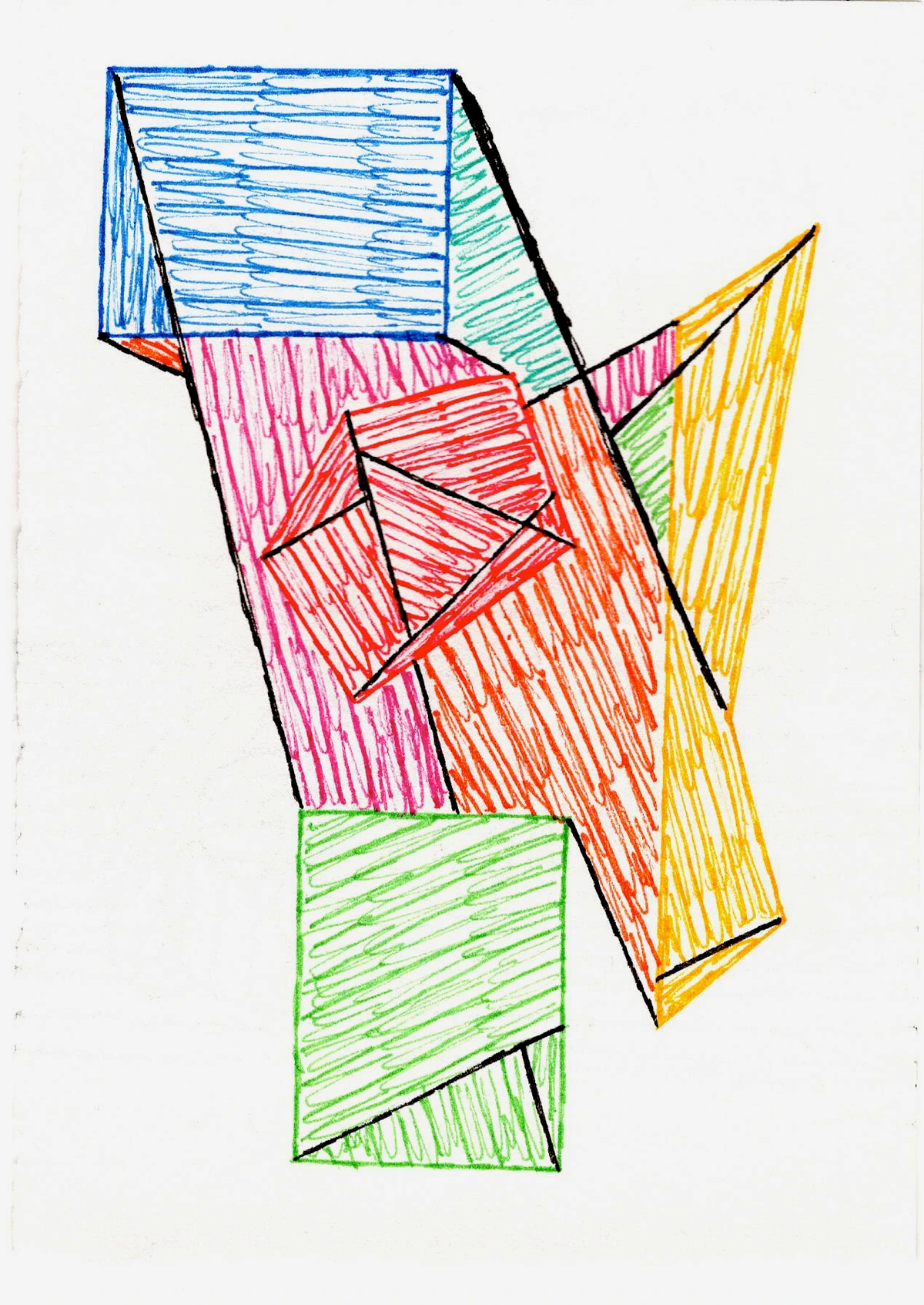
Beyond the Canvases: A World of Objects
But it’s not just canvases. You'll also encounter a fascinating mix of African masks and sculpture (look for the powerful Baga sculptures or Dogon masks), Native American textiles (especially Navajo weavings), ancient metalwork, and antique furniture, all interwoven into Barnes' famous ensembles. It truly feels like a global conversation, all happening in one room. This commitment to displaying art across cultures and time periods demonstrates Barnes' belief in a universal aesthetic language. He sought to show that artistic principles – color, line, form – transcend geographical and historical boundaries. It's an idea that really resonates with me as an artist; seeing how seemingly disparate pieces can find harmony when thoughtfully arranged, much like a good composition.
My favorite part? Discovering how a humble piece of folk art can echo the composition of a monumental Cézanne. It's a testament to Barnes' belief in art's universality, that principles of form and color transcend culture and time. It challenges you to draw your own connections and see the world in a new light. You'll see, for instance, how the earthy tones and geometric patterns of a Native American textile might strikingly parallel the structured landscapes of a Cézanne, or how the raw power of an African sculpture finds a visual counterpoint in a Matisse portrait. You might find a powerful Senufo figure, its simplified yet potent form echoing the robust geometry of a nearby Cézanne still life. Or a delicate Navajo textile, its intricate patterns finding surprising dialogue with the structured compositions of a Paul Klee drawing. For me, it often means spotting a color harmony in one piece that subtly echoes in another, or a repetitive pattern that transcends its original context. It encourages you to slow down, to engage your own perceptive abilities, and truly see the underlying formal qualities that bind diverse artistic expressions across continents and centuries. It's about active looking, a practice that's invaluable for any aspiring artist or simply anyone wanting to deepen their appreciation. There's a tangible thrill in watching these visual conversations unfold, a quiet symphony of forms and colors that leaves a lasting impression long after you've left the galleries.
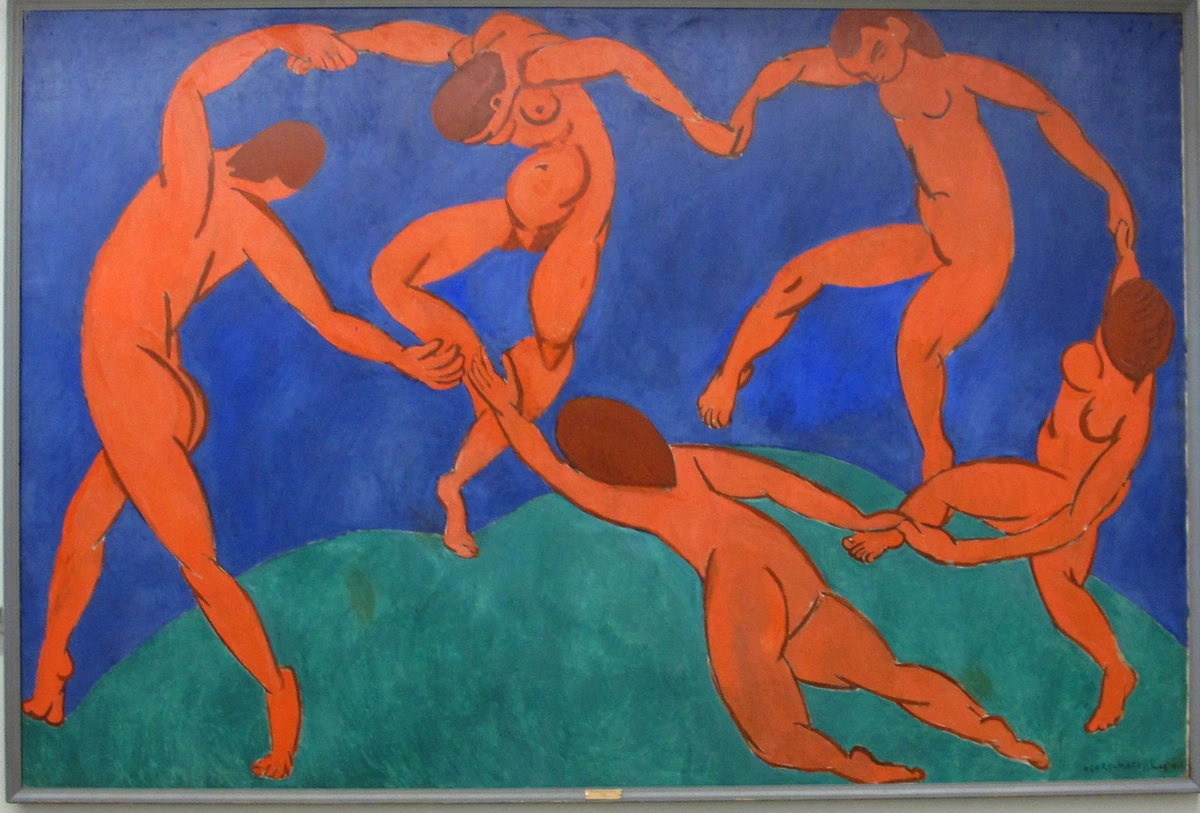
Barnes' Enduring Legacy: Education and Evolution
So, what happens after you've journeyed through this visual feast? More importantly, how does a vision once so singular continue to thrive? Barnes' influence extends far beyond the walls holding his meticulously arranged ensembles. The Barnes Foundation today continues Dr. Barnes' pedagogical mission, though with much more welcoming doors! They offer a diverse array of programs, from specialized art history lectures and studio workshops to community outreach initiatives and even digital learning experiences, all designed to encourage that same active looking and critical engagement with art. It's truly inspiring to see how a vision once so cloistered has blossomed into a vibrant, accessible hub for visual literacy and community engagement, empowering people to trust their own eyes.
However, it's worth acknowledging that Barnes' unconventional approach isn't without its challenges. For some, the deliberate lack of traditional labels can initially feel disorienting, even frustrating. Others might find the sheer density of objects in the ensembles a bit overwhelming, making it hard to focus. But this, I think, is part of the experience: it gently pushes you out of your comfort zone, forcing you to trust your own eyes and intuition. It reminds me that growth often happens when we're slightly uncomfortable, right?
My Personal Reflection: Why the Barnes Stays With You (And My Art)
You know, as an artist myself, the Barnes Foundation really resonated with me. It’s a powerful reminder that art doesn't need rigid categories to make an impact. It's about connection, emotion, and how different elements can create a new dialogue when placed together. This idea of unique arrangement, of finding harmony in diverse elements, is something I strive for in my own work. I distinctly remember standing before one ensemble where a stark, vibrant Matisse portrait was placed alongside a collection of humble, hand-wrought metal objects and a simple wooden chest. It wasn't the individual beauty that struck me, but the sheer visual rhythm created by the repetition of lines and the interplay of color, drawing my eye from the bold brushstrokes of the painting to the aged patina of the metal. That moment was a profound 'aha!' for me, directly influencing how I conceived my 'Urban Echoes' series. There, I layered unexpected color palettes and geometric forms, much like Barnes juxtaposed different art historical periods to find new visual harmonies, creating a sense of dynamic balance. It even informs the curatorial approach at my own museum in Den Bosch, where I aim to create unexpected visual conversations between my pieces and the space itself.
When I’m creating my abstract prints or planning a new painting, I often think back to Barnes' ensembles. It's a philosophy that informs my artistic timeline and even my approach to composition. It challenges you to see, not just to look. And that's a lesson that extends far beyond the gallery walls. It makes me think about how influences from various sources have shaped my journey, much like Barnes' eclectic collecting. It's not just a collection; it's a philosophy, a way of seeing the world. And that, to me, is truly inspiring.
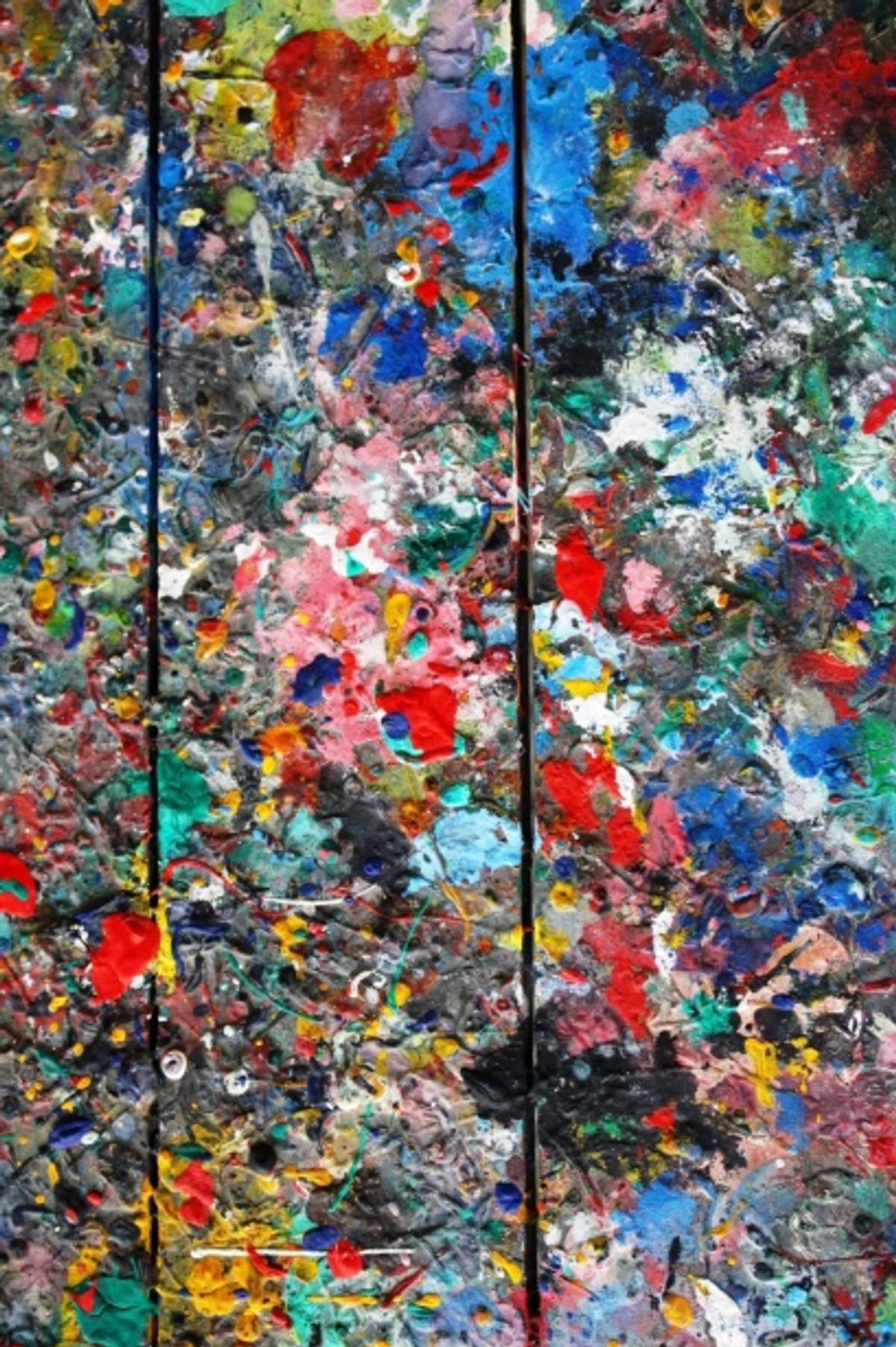
Frequently Asked Questions About Visiting the Barnes Foundation
Here are some common questions I hear from friends planning their own Barnes adventure:
- Q: Can I take photos? A: Photography is generally allowed throughout the collection galleries for personal, non-commercial use, but please be sure to disable your flash – it's a bit of a no-no anyway and can damage artworks. However, for certain special exhibitions or specific loan artworks, photography might be restricted. Always check for signage or ask a staff member if you're unsure.
- Q: How do I learn about the art without labels? A: The Barnes provides a fantastic free mobile app that offers detailed information on all the works in the collection, including specific details on each ensemble. You can also purchase a comprehensive gallery guide. My personal recommendation: experience the art first, form your own initial impressions, and then delve into the information. It makes the discovery more profound, trust me.
- Q: Is it suitable for kids? A: While visually stimulating, the unique setup might be a bit of a challenge for very young children who thrive on clear narratives. But for older kids or teens with an existing interest in art, it can be incredibly rewarding! I've found that turning it into a 'visual treasure hunt' – asking them to find three pieces with the same dominant color, or spot a recurring geometric shape, or even identify artworks that evoke a particular feeling like joy or calmness – really sparks their engagement. You could also challenge them to find a painting and an object that share a similar texture, or two pieces from different cultures that use the same primary color. It's almost like a real-life I-Spy game, making it an opportunity for parents to connect with their children through art.
- Q: Are there guided tours available, and how long do they last? A: Yes, the Barnes Foundation often offers docent-led tours that provide deeper insights into Dr. Barnes' philosophy and specific ensembles. These typically last around 60 minutes and are a great way to get a structured understanding, especially on a first visit. Check their website for current schedules and booking information.
- Q: Is there parking available? A: Yes, there's an underground parking garage accessible from Pennsylvania Avenue, available for a fee. Public transportation (SEPTA buses and trolleys) is also a convenient option, with several stops nearby.
- Q: Is the Barnes Foundation accessible for visitors with disabilities? A: Yes, the building is fully wheelchair accessible, with ramps and elevators throughout. Wheelchairs are also available for loan on a first-come, first-served basis. Accessible parking is provided in the underground garage.
- Q: How long should I plan for a visit? A: To truly absorb the collection without feeling rushed, I recommend planning for at least 2 to 3 hours. Many visitors easily spend half a day, especially if they enjoy lingering and using the app to explore specific ensembles in depth. Trying to see everything in less than 90 minutes will likely leave you feeling overwhelmed rather than inspired.
- Q: Why is the lighting often dim in the galleries? A: The lighting in the Barnes Foundation galleries is carefully controlled and often intentionally dim to protect the delicate artworks from light damage. Many pieces in the collection are over a century old, and prolonged exposure to bright light can cause pigments to fade and materials to degrade. This specific illumination strategy is crucial for the long-term preservation of Barnes' priceless collection, ensuring future generations can experience it just as we do today.
- Q: Where can I find more information before my visit? A: The official Barnes Foundation website (www.barnesfoundation.org) is an excellent resource for current exhibitions, ticketing, visitor information, and even some digital exploration of the collection. It's always a good idea to check it before you go!
Final Thoughts: Don't Just Visit, Experience It.
So there you have it, my two cents on tackling the Barnes Foundation for the first time. It might feel a little overwhelming at first, a bit like trying to read a complex poem without a dictionary, but that's exactly where the magic happens. Let go of your preconceived notions of what a museum 'should' be, and just let Dr. Barnes' audacious vision wash over you. It's truly a one-of-a-kind art pilgrimage, and I genuinely believe it's an experience that will challenge, delight, and perhaps even reshape how you see art and the world around you. It certainly did for me. It's a place that teaches you to trust your own eyes, to find beauty in unexpected juxtapositions, and to see the world through a more visually literate lens. And isn't that what art is all about, anyway?




